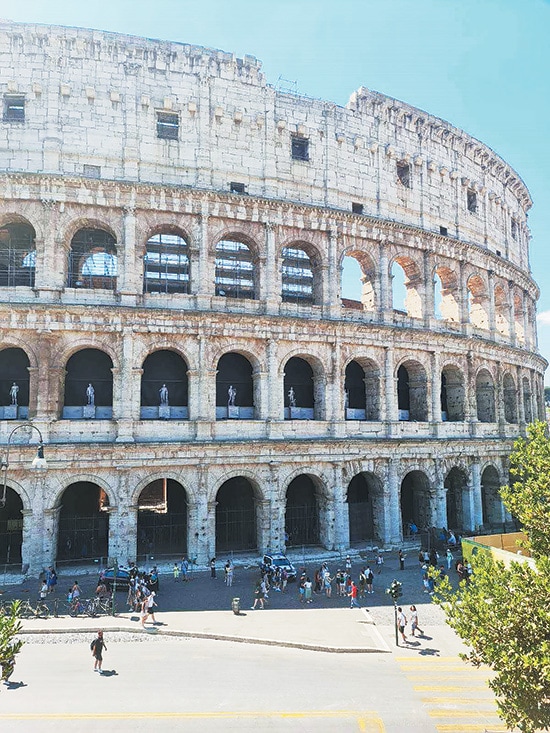As a design-driven real-estate developer, Italpinas Development Corp (IDC) has made the universal appeal of Italian design and architecture as inspiration for its unique projects here in the Philippines. Italian design is also represented globally, by other design-forward brands such as Gucci, Ferragamo, Versace, Valentino, Fiat, Masserati, and Lamborghini, among others.
In my work, I have brought mainly Italian design inspiration to our IDC projects, which combined perfectly with the skill of Filipino architects and engineers. In addition to beautiful aesthetics, we have also integrated sustainability in all our projects in response to the challenges brought about by climate change.
Italian architecture and design influences are recognizable around the world. Being a native of Rome, the Eternal City, I am proud that it is one of the great centers of classic architecture. What is less known, however, is that Italian cities also have great examples of modern and contemporary architecture, which I believe is a sign that design has been deeply ingrained in Italian tradition since ancient times, all the way until today.

This is something that I have always been eager to bring to the Philippines, as my new home, and to contribute to the Philippine real estate market, which is the most dynamic that I have ever experienced.
When I first came to the Philippines in 2009, my challenge at IDC was to promote a formula that had not yet existed in the market at that time. My passion for Italian architecture and design combined with my passion for environmentalism and sustainability inspired the IDC brand. This brand of architecture is called postmodern green architecture. This brand of architecture has been warmly accepted and recognized by our market, and we are proud to say that our projects have received many accolades.
Any place in the world is receptive to beautiful architecture. Years ago, when we at IDC launched our first project in Cagayan de Oro, it was considered by some to be a risk. Many wondered whether our brand would be well-received. However, my business partner Jojo Leviste and I relied on our instincts and proceeded with our first project, Primavera Residences, which in fact was received extremely well. We are bullish on Cagayan de Oro city because of the same dynamism and progressiveness that met our first project, and we are looking forward to our further expansion there.
Meanwhile, our Miramonti project in Santo Tomas, Batangas, presents a new perspective on the area as it offers accessible luxury and world-class design at a key location amid economic zones, important landmarks, and key transport routes. It marks the natural advantage of the city of Santo Tomas as a hub for the Southern Tagalog region, and it does so with style and flair as to be expected from Italian-Filipino design.
When people talk about Italy, they associate it not only with famous brands in fashion and sports cars, but also with food. Italian cuisine is known globally, exported as well as imitated around the world. There are many similarities between architecture and food. Just like in cooking, architecture requires a good balance among all the elements needed in a project. Architecture is similar as it requires finding the right proportion and balance in the elements.
An architect must always remember that beauty and proportion, use of materials and clever layout, and above all, inspiration, will ensure the user will have a very rich and memorable experience.
* * *
I would like to invite you to Like, Follow, and Share my online spaces and content on Facebook and LinkedIn (Architect Romolo V. Nati), and on Twitter
